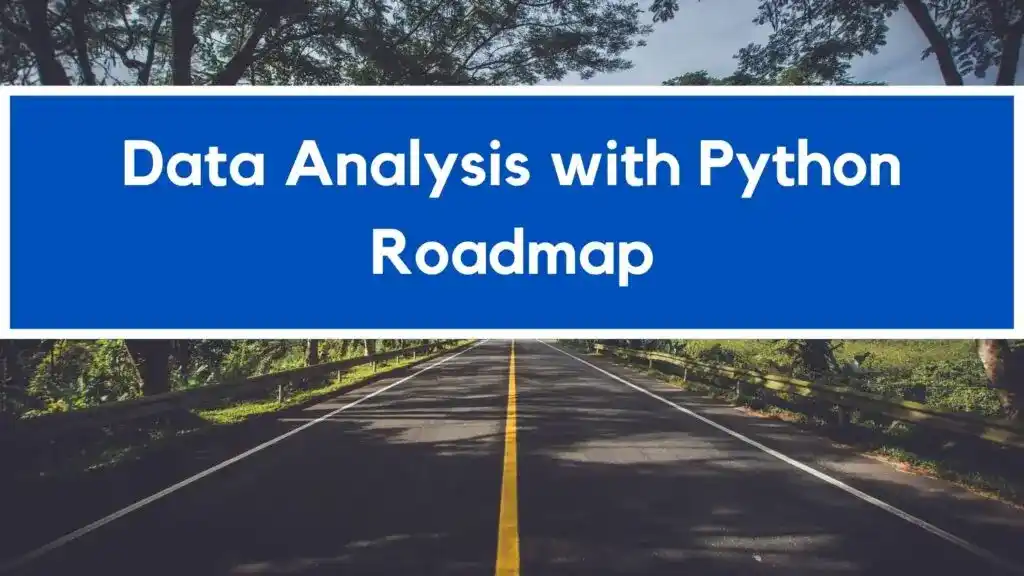Are you looking for a step-by-step Data Analysis with Python Roadmap? If yes, then this article is for you. In this article, you will find a step-by-step roadmap to learn data analysis with python. Along with that, at each step, you will find resources to learn.
So without any further ado, let’s get started-
Data Analysis with Python
So, you have chosen Python programming for Data Analysis. Good Decision!
Python is the internationally acclaimed programming language that will help you to handle data in a better way. Python has a wide variety of libraries(NumPy, Pandas, and Matplotlib) for data analytics tasks.
Before discussing the data analysis with Python roadmap, I would like to mention the Roles and Responsibilities of Data Analysts-
Roles and Responsibilities of Data Analyst
Data Analyst performs these jobs daily-
- Collecting Data and Interpreting Data.
- Data Cleaning, a data analyst clean the data. Cleaning requires removing noise from the data. The collected data contains noise, so data analysts clean the data before analysis.
- Data Analysts find out important insights from a huge amount of data. This is the main role of the Data Analyst.
- Data Analysts also find out the Trends and Patterns from Data. Data Analysts look for short-term as well as long-term trends for the company. Trend Analysis helps Data Analyst to find business strategies for their company.
- Another important role of the Data Analyst is creating data reports and visualization of patterns with the help of various reporting tools. Data reports made by Data Analyst helps business executives to make better business decisions.
- Visualization of data is also part of a Data Analyst. Data Analysts use catchy graphs and charts to visualize their findings.
- A data analyst writes SQL queries for data extraction from the Data warehouse.
Now let’s see in what order you should start learning data analysis with Python.
Step 1- Learn Statistics
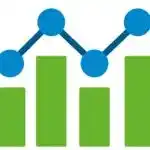
To become a successful data analyst, you should have knowledge of Statistics. Statistics knowledge will give you the ability to decide which algorithm is good for a certain problem.
Knowledge of Statistics helps you to count well, normalize well, obtain distributions, find out the mean of your input feature, and its standard deviation.
Statistics knowledge includes statistical tests, distributions, and maximum likelihood estimators. All are essential in data analysis.
Now, you may be thinking, Ok fine! Statistics knowledge is required, but from where to learn?
So, if you are thinking the same, then don’t worry. I have chosen some specific courses for Statistics. These courses will give you in-depth knowledge of statistics.
-Resources for Learning Statistics-
- Intro to Statistics (Udacity Free Course)
- Intro to Inferential Statistics(Udacity Free Course)
- Intro to Descriptive Statistics(Udacity Free Course)
- Basic Statistics (Online Course)
- Statistical Inference (Coursera)
- Statistics and probability (Khan Academy)
- Practical Statistics for Data Scientists (TextBook)
- Data Science: Statistics and Machine Learning Specialization (Online Course)
- Statistics for Data Science (YouTube Video)
Step 2- Learn Math
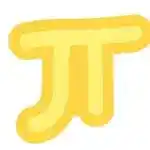
As a data analyst, you have to deal with numbers. That’s why strong knowledge of Math is required.
Mathematics helps you to identify under-fitting and over-fitting by understanding the Bias-Variance tradeoff.
You should be familiar with multivariate calculus and linear algebra.
Along with that, you should have an understanding of matrix manipulations, dot product, eigenvalues and eigenvectors, and multivariable derivatives.
-Resources for Learning Maths-
- Linear Algebra Refresher Course– Udacity (FREE Course)
- Data Science Math Skills (Coursera)
- Mathematics for Data Science Specialization (Coursera)
- Probability and Statistics(Online Course)
- Khan Academy
- Introduction to Calculus (Online Course)
- Introduction to Linear Algebra, Fifth Edition (TextBook)
- Probabilistic Graphical Models Specialization (Online Course)
Step 3- Learn Python & Its Libraries
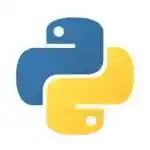
Programming knowledge is a must-have skill for a Data Analyst. This is the core skill that makes a Data analyst apart from a Business analyst.
Python is one of the most popular programming languages for Data Analysis. Python is easy to understand language. Its syntax is easily readable. Even beginners can easily understand its syntax without any complications.
If you don’t have any previous knowledge of Python, then start with the basics. Once you learn how to code in Python, learn Python libraries.
Python has a rich set of libraries to perform data manipulation, analysis, and visualization.
Libraries are the collection of pre-existing functions and objects. You can import these libraries into your script to save time.
Python has the following libraries-
- Numpy- NumPy will help you to perform numerical operations on data. With the help of NumPy, you can convert any kind of data into numbers. Sometimes data is not in a numeric form, so we need to use NumPy to convert data into numbers.
- Pandas- pandas is an open-source data analysis and manipulation tool. With the help of pandas, you can work with data frames. Dataframes are nothing but similar to Excel files.
- Matplotlib– Matplotlib allows you to draw a graph and charts of your findings. Sometimes it’s difficult to understand the result in tabular form. That’s why converting the results into a graph is important. And for that, Matplotlib will help you.
- Scikit-Learn- Scikit-Learn is one of the most popular Machine Learning Libraries in Python. Scikit-Learn has various machine learning algorithms and modules for pre-processing, cross-validation, etc.
-Resources for Learning Python & Its Libraries-
- The Python Tutorial (PYTHON.ORG)
- Python for Absolute Beginners! (Udemy)
- Python for Everybody (Coursera)
- Python 3 Tutorial (SOLOLEARN)
- CS DOJO (YouTube)
- Programming with Mosh (YouTube)
- Corey Schafer (YouTube)
- Python Crash Course (Book)
- NumPy Tutorial by freeCodeCamp
- Exploratory Data Analysis With Python and Pandas (Guided Project)
- Applied Data Science with Python Specialization by the University of Michigan
- NumPy user guide
- pandas documentation
- Matplotlib Guide
- scikit-learn Tutorial
Step 4- Brush Up on SQL Skills
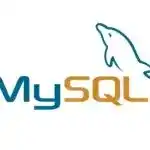
Data wrangling is an important skill for data analysis. Data wrangling is all about data collection and data cleaning. So, for that, you should know about database systems- both SQL-based and NoSQL-based.
And you should know how to store and manage your data in a database. That’s why you should have an understanding of SQL.
You can manipulate data using both SQL and Pandas. But certain data manipulation tasks can be easily performed using SQL.
That’s why you should know how to use SQL and Python together efficiently.
-Resources for Learning SQL-
Step 5- Learn Data Visualization Tool

As a Data Analyst, you have to showcase your findings in a visual form, so that stakeholders can understand them properly. This is an important step for a Data Analyst.
That’s why the knowledge of Data Visualization is important. And for that, you should be familiar with any data visualization tool like Tableau or Power BI.
These tools have in-built visualization reporting tools. By drag and drop, you can create a wonderful presentation report.
You can either learn Tableau or Power Bi. It’s up to you.
-Resources for Data Visualization Tools-
- Data Visualization in Tableau(Udacity Free Course)
- Data Visualization with Tableau Specialization– Coursera
- Tableau Fundamentals– Datacamp
- Introduction to Tableau– Datacamp
- Tableau 2025 A-Z: Hands-On Tableau Training For Data Science– Udemy
- Introduction to Power BI– DataCamp
- Microsoft Power BI – A Complete Introduction [2025 EDITION]– Udemy
- Microsoft Power BI for Analysts– PluralSight
- Fundamentals of Data Visualization with Power BI– edX
Step 6- Work on Projects & Build Portfolio

Once you learn all the required data analysis skills, start working on data analysis projects. The more your work on projects, the more you will learn.
You can also take part in competitions. Competitions will make you even more proficient in Data Analysis.
When we talk about top data science competitions, Kaggle is one of the most popular platforms for data science. Kaggle has a lot of competitions where you can participate according to your knowledge level.
You can also check these platforms for data science competitions-
Data Analysis Project Ideas for beginners-
- Fake News Detection
- Build a Chatbots
- Recommendation System
- Driver Drowsiness Detection
- Sentiment Analysis
- Credit Card Fraud Detection Project
- Road Lane line detection
- Color Detection with Python
- Stock Price Predictor
- Forest Fire Prediction
That’s all!. If you follow these steps and gain these required skills, then you can easily learn data analysis with Python. But the most important thing is to keep enhancing your skills by working on more and more challenges.
The more you practice, the more knowledge of data analysis you will gain. So after completing these steps, don’t stop, just find new challenges and try to solve them.
These projects and challenges will make your portfolio more impressive than others.
Now it’s time to wrap up!
Conclusion
In this article, I have discussed a step-by-step Data Analysis with Python Roadmap. If you have any doubts or queries, feel free to ask me in the comment section. I am here to help you.
All the Best for your Career!
Happy Learning!
You May Also Interested In
8 Best Laptops for Data Science Students and Data Scientists
15 Best Online Courses for Data Science for Everyone in 2025
Data Analyst Online Certification to Become a Successful Data Analyst
8 Best Data Engineering Courses Online- Complete List of Resources
Best Course on Statistics for Data Science to Master in Statistics
8 Best Tableau Courses Online- Find the Best One For You!
8 Best Online Courses on Big Data Analytics You Need to Know
Best SQL Online Course Certificate Programs for Data Science
7 Best SAS Certification Online Courses You Need to Know
Data Analyst Online Certification to Become a Successful Data Analyst
Thank YOU!
Explore More about Data Science, Visit Here
Though of the Day…
‘ It’s what you learn after you know it all that counts.’
– John Wooden
Written By Aqsa Zafar
Founder of MLTUT, Machine Learning Ph.D. scholar at Dayananda Sagar University. Research on social media depression detection. Create tutorials on ML and data science for diverse applications. Passionate about sharing knowledge through website and social media.

